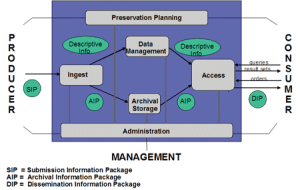Beopjusa Temple and Munjandae Rock, South Korea
This is my final blog post for IS40370, I will reflect on this module under the following headings:
About your thinking and practices…
I used to think that you would need a lot of library work experience to be a manager but after doing this course I realised that my previous work experience is very relevant for this profession. I used to lack the confidence to write a blog but now I think I will be more confident about setting up another one.
About your learning…
I didn’t know what to expect before this I started this course. One thing I was surprised to learn about was how to develop a blog as part of my assessment because my previous academic experience preferred paper based assessment. Its hard to pick only one skill that I learnt from this course as everything was interesting and relevant but the blog posts was my favourite. If someone asked me what did I learn five years from now I would probably answer with the skills to develop a case study but also this class gave me the confidence to set up and write a blog.
About the module…
I was a bit skeptical about this course before I started as I didn’t think it would be very relevant because I hadn’t had much work experience in a library. If given the option I probably wouldn’t have selected this module but I am really happy I did it as it far exceeded my expectations. The course was very interesting and practical, I developed a lot of different skills that I can use in the workplace. The only suggestion I can make to improve the course is o have a class on how to develop and write a case study along with samples and templates. Overall this is one of the best modules on offer in the MLIS course.


